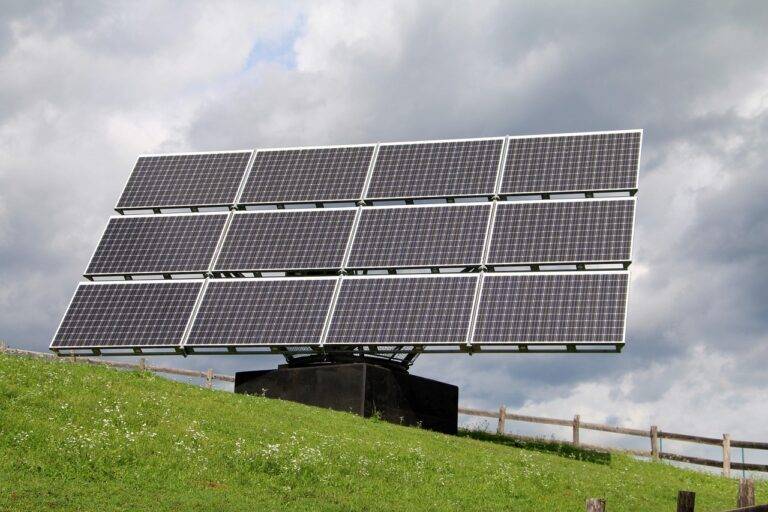The Evolution of Smart Grid Technologies
Smart grid technologies have transformed the way we generate, distribute, and consume electricity. In this article, we’ll explore the evolution of smart grid technologies and their impact on energy efficiency, sustainability, and grid reliability.
**Key Components of Smart Grid Technologies**
Smart grids consist of various components that work together to optimize energy management and improve grid performance. These components include:
- Advanced Metering Infrastructure (AMI)
- Distribution Automation (DA)
- Renewable Energy Integration
- Energy Storage Systems
- Grid Modernization Technologies
**Benefits of Smart Grid Technologies**
The adoption of smart grid technologies offers numerous benefits, including:
- Enhanced Energy Efficiency
- Increased Grid Resilience
- Integration of Renewable Energy Sources
- Reduced Operational Costs
- Improved Customer Engagement
**Evolution of Smart Grid Technologies**
Smart grid technologies have evolved significantly over the past few decades. Initially, smart grids focused on improving energy distribution and reducing losses through the deployment of advanced metering systems and automation technologies.
As renewable energy sources gained traction, smart grids began incorporating technologies to integrate solar, wind, and other renewable sources into the grid. This led to the development of sophisticated monitoring and control systems to manage the variability of renewable generation.
**Future Trends in Smart Grid Technologies**
The future of smart grid technologies looks promising, with advancements in digitalization, artificial intelligence, and Internet of Things (IoT) driving innovation. Some key trends to watch out for include:
- Greater Integration of IoT Devices
- Expansion of Demand Response Programs
- Deployment of Predictive Analytics for Grid Maintenance
- Development of Peer-to-Peer Energy Trading Platforms
- Implementation of Blockchain for Energy Transactions
**Challenges and Opportunities**
Despite the numerous benefits, smart grid technologies also face challenges such as cybersecurity threats, interoperability issues, and regulatory barriers. However, these challenges present opportunities for innovation and collaboration among stakeholders to address them effectively.
**FAQs**
Q: What is a smart grid?
A: A smart grid is an advanced electrical grid that uses digital communications technology to detect and react to changes in electricity usage in real-time.
Q: What are the benefits of smart grid technologies?
A: Smart grid technologies offer benefits such as enhanced energy efficiency, increased grid resilience, integration of renewable energy sources, reduced operational costs, and improved customer engagement.
Q: What are some future trends in smart grid technologies?
A: Future trends include greater integration of IoT devices, expansion of demand response programs, deployment of predictive analytics for grid maintenance, development of peer-to-peer energy trading platforms, and implementation of blockchain for energy transactions.





